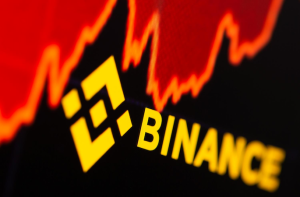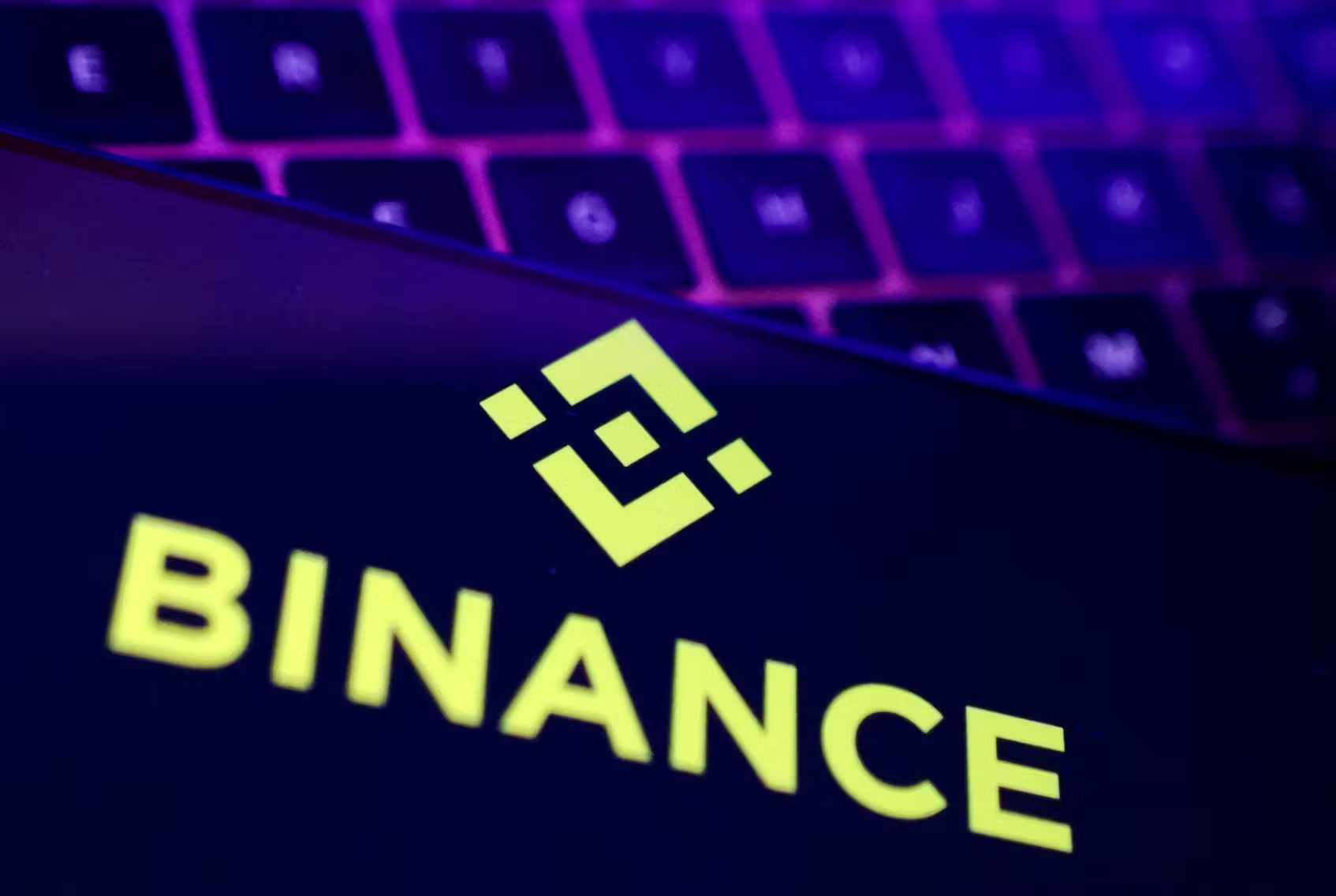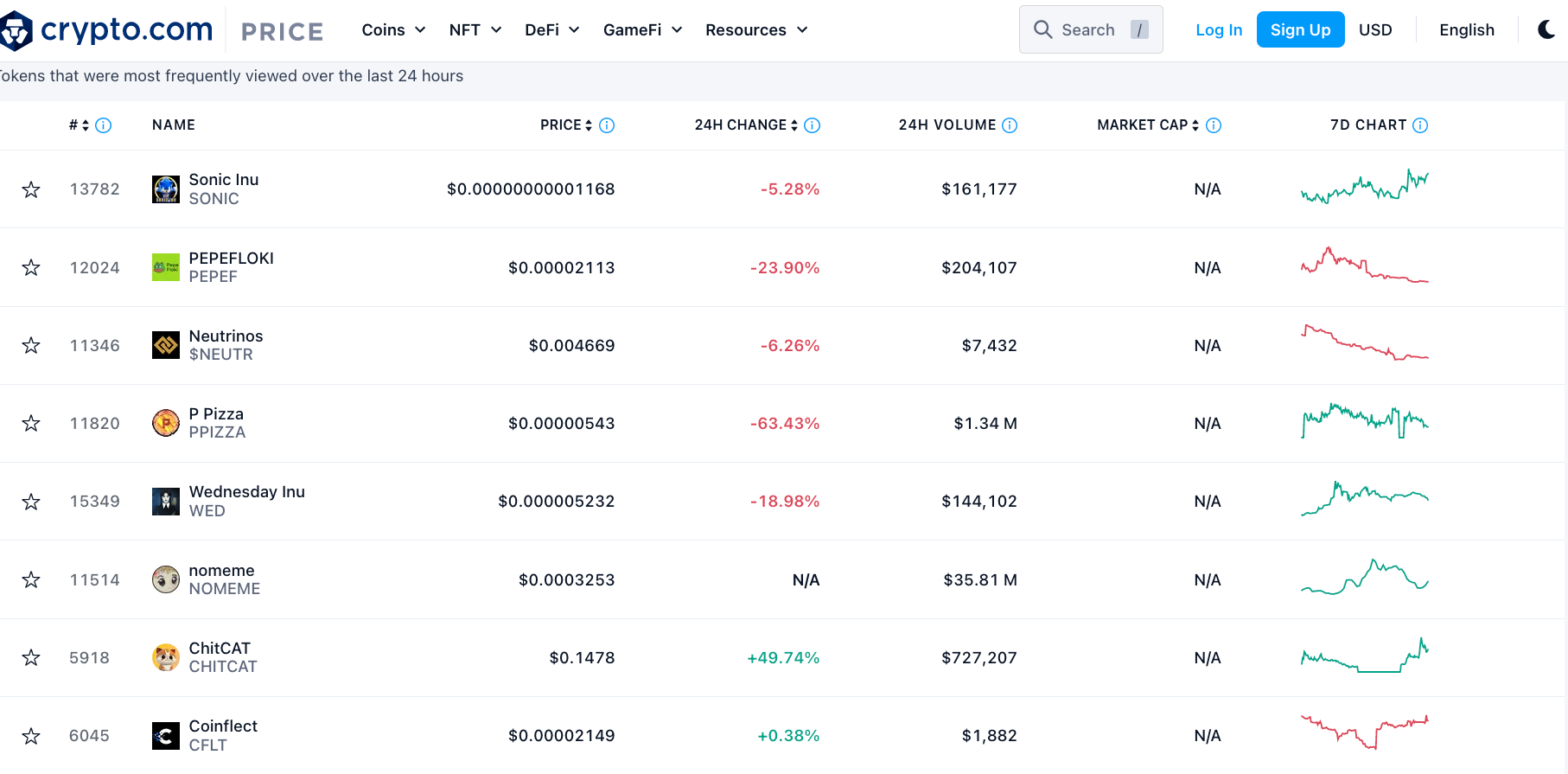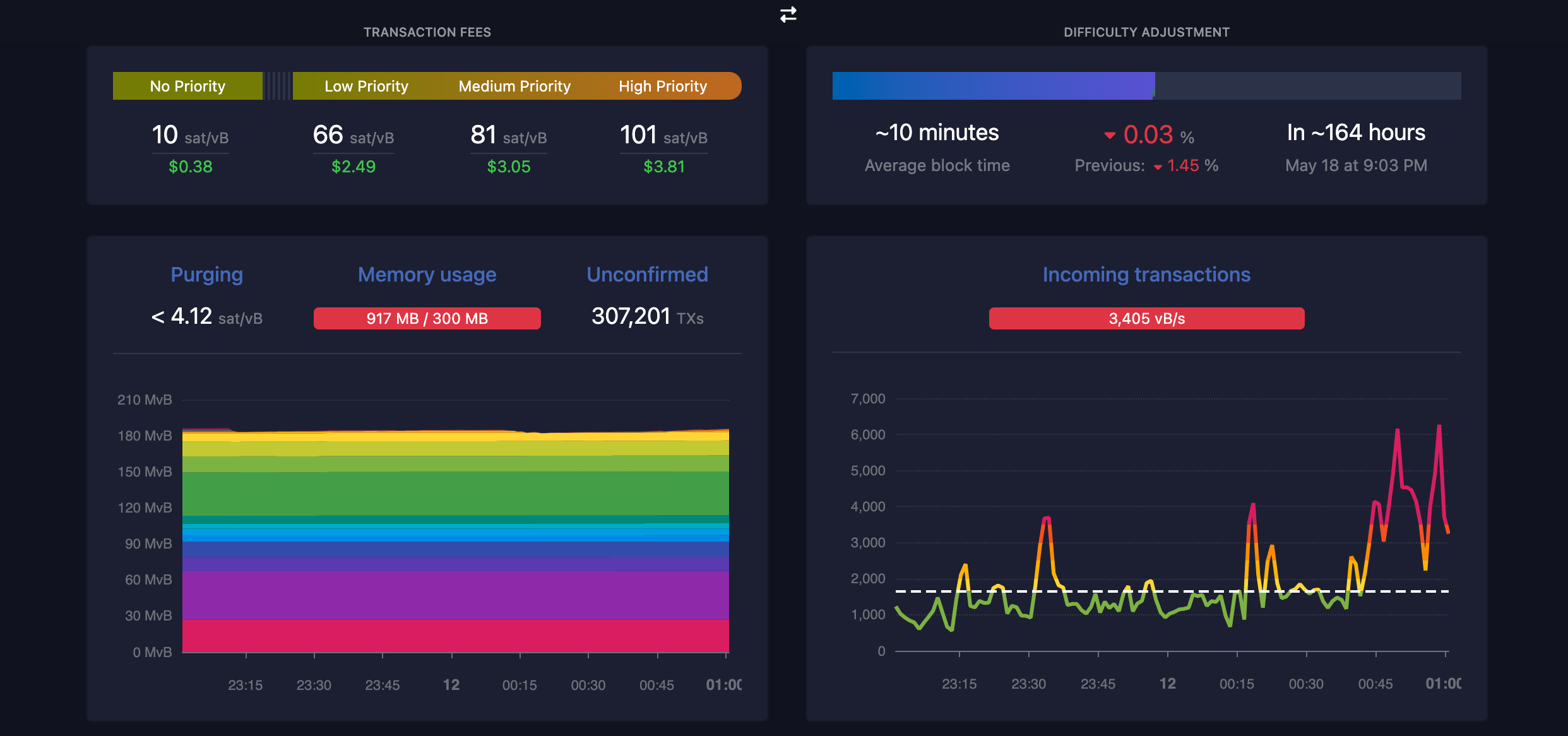Join Our Telegram channel to stay up to date on breaking news coverage
In April, the trading landscape for cryptocurrency exchanges experienced a noteworthy downturn, as the overall trading volume witnessed a significant decline.
Binance, the biggest crypto exchange in the world, encountered a substantial drop of nearly 50% in its trading volume. This decline is indicative of the evolving dynamics within the crypto sector.
Binance Witnesses Sharp Drop in Trading Volume
Centralized exchanges encountered a decline of 27.9% in trading volume for both spot and derivatives, amounting to $2.77 trillion in April. This figure marked the lowest point since December 2022, emphasizing the subdued trading activity during this period.
Analyzing the specific trading activities, it was observed that the volume of spot trading experienced a substantial decline of 40.2%, amounting to $621 billion. This constitutes the second-lowest level since July 2020 and the lowest since December 2022. These figures highlight the decreasing engagement of traders in spot trading during the specified period.
A remarkable shift towards speculative behaviour was observed in the crypto market, with derivatives trading dominating the landscape. Impressively, derivatives trading accounted for a record-breaking 77.6% of all trading activities, reflecting the growing trend of leveraging and speculation.
This surge in derivatives usage is a consequence of traders speculating on the prevailing uncertain macroeconomic conditions and the potential pause on rate hikes.
Despite the increasing dominance of derivatives, the derivative market volume experienced a decline of 23.3% to reach $2.15 trillion in April. This decrease further illustrates the subdued trading environment within the derivative market during the specified timeframe.
Notably, Binance’s introduction of zero-fee trading for the Bitcoin/TrueUSD trading pair resulted in an unexpected outcome. The trading volume for this pair surged by an impressive 851% in April, making TUSD the third-largest stablecoin by trading volume on centralized exchanges.
This surpasses USDC for the first time since June 2020. Conversely, the trading volume for USDT/BTC experienced a decline of 65.9% during the same period.
The recent performance of crypto exchanges reveals a changing landscape characterized by declining trading volumes, a shift towards derivatives trading, and Binance’s enduring position as the dominant player in the market.
Market Supremacy Unshaken Although Binance Endures 50% Drop in April Trading Volume
In April, Binance experienced a significant 48% decrease in spot trading volume for the second consecutive month, as per findings from CCData research firm.
During April, Binance’s trading volume plummeted to $287 billion, marking the second-lowest figure recorded this year.
Major cryptocurrencies like Bitcoin (BTC/USD) and Ethereum (ETH/USD) struggled to surpass key resistance levels, leading to a period of consolidation and limited price movement throughout the month.
Additionally, Binance’s market share witnessed a decline for two consecutive months, dropping to 46%.
CCData’s research highlights an unprecedented surge in speculation within the crypto market, with derivatives trading accounting for a record-breaking 77.6% of overall trading activity.
The decline in Binance’s trading volume aligns with the broader trend observed among centralized exchanges, which reported a 40% decrease in spot trading volume, the lowest level recorded since December 2020, according to CCData.
CCData attributes this drop in transaction levels to the uncertain macroeconomic conditions, including concerns of an impending recession and the possibility of a pause in Federal Reserve rate hikes, coupled with the turmoil in the banking sector. These factors have contributed to the decline in trading volumes.
Binance remains the dominant exchange in the market, with its nearest rivals Coinbase COIN and OKX holding 5.60% and 5.39% of the total spot trading volume, respectively, despite the decline in trading volume.
As of the time of writing, Bitcoin was trading at $27,208, showing a decline of 3.52% in the last 24 hours, according to CoinMarketCap.
Binance’s Bitcoin Withdrawal Raises Concerns of Possible Bankruptcy
Recent developments in the crypto community have brought attention to Binance and its Bitcoin balance. Following a temporary suspension of BTC withdrawals, there have been notable fluctuations in Binance’s Bitcoin holdings.
This has led to speculation about the departure of large investors and raised concerns about the overall health of the exchange. However, it is important to separate fact from speculation and analyze the situation objectively.
The situation unfolded when Binance decided to pause Bitcoin withdrawals for a while in response to congestion problems on the Bitcoin network. This period was marked by notable movements of Bitcoin, both entering and leaving the exchange.
There was an outflow of 117,359 BTC, an inflow of 10,036 BTC, and another outflow of 40,184 BTC. These transactions amounted to nearly $4 billion and represented about 30% of Binance’s net Bitcoin reserve balance.
The suspension of BTC withdrawals sparked rumours on social media platforms, with some suggesting that Binance might be facing financial trouble. Concerns were raised as billions of dollars were reportedly withdrawn while the price of Bitcoin was declining.
However, Binance clarified that the withdrawal halt was due to a backlog of pending transactions caused by low fees paid to miners. The outflow of BTC was explained as internal movements between Binance’s hot and cold wallets necessitated by BTC address adjustments. Binance has since re-enabled Bitcoin withdrawals on its platform.
These developments occurred alongside congestion issues on the Bitcoin network, leading to a surge in transaction fees. The mempool, where miners select transactions for inclusion in the next block, experienced a significant backlog of unconfirmed transactions.
At the time of writing, the number of unconfirmed transactions is 307,201
Data from Blockchain.com reveals that on May 7, the mempool contained an astounding 395,000 unconfirmed Bitcoin transactions, a significant surge compared to the 56,500 recorded on April 26. This congestion directly resulted in a considerable escalation of transaction fees, reaching levels unseen in almost two years.
Various factors have been attributed to these incidents, including network congestion, higher transaction fees, and the growing popularity of inscriptions such as NFT-like assets.
Some experts, including Bitcoin network’s core developer Peter Todd, argue that the issue is not congestion but rather high demand. They suggest that exchanges like Binance should allow users to specify the fees they are willing to pay for withdrawals to facilitate smoother transactions.
While there may be connections between these incidents, there is presently limited evidence to suggest that Binance is at the brink of bankruptcy. The exchange’s explanations regarding these events have somewhat alleviated concerns about its financial stability, at least for the time being.
Read More:
Best Wallet - Diversify Your Crypto Portfolio
- Easy to Use, Feature-Driven Crypto Wallet
- Get Early Access to Upcoming Token ICOs
- Multi-Chain, Multi-Wallet, Non-Custodial
- Now On App Store, Google Play
- Stake To Earn Native Token $BEST
- 250,000+ Monthly Active Users
Join Our Telegram channel to stay up to date on breaking news coverage





